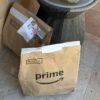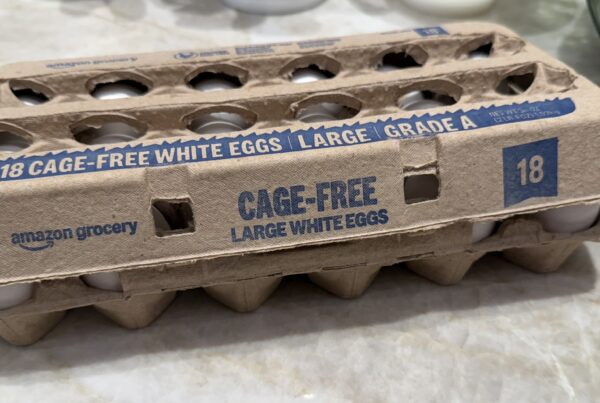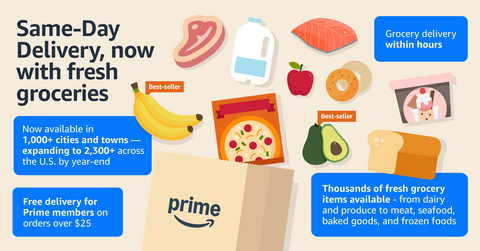“My advice to anyone starting a business is to remember that someday I will crush you.”
That’s the opening line of a satirical column, putatively written by Jeff Bezos, in The Onion. It expresses a not-wholly-irrational fear about Bezos’ ultimate aim. You might deny this fear by dismissing Amazon as overblown. “Don’t worry,” the argument goes. “Amazon doesn’t really even make money.”
In the last three months of 2017, Amazon’s profit more than doubled to hit a record $1.9 billion. The company has been profitable for the past two-and-a-half years.
More subtly, the criticism will be that Amazon isn’t good at discovery. But Amazon has been quietly building a presence on Instagram with @AmazonFashion (224k followers), @AmazonHome (42.5K followers) and @AmazonFinds (13.3K followers). This is in addition to Amazon Spark, their shoppable in-app image gallery. As the company describes it, Spark is “a place to discover things from people who share your interests.” The photography and commentary by influencers is another example of Amazon understanding one of its weaknesses and then doing something about it.
Back to the money issue. Think of the context in which Amazon was able to hit that $1.9 billion mark. Back in 2007, Amazon spent $10 billion on capital expenditures and R&D. Over the past 12 months alone, the company shelled out $29.9 billion. That’s more than Alphabet (Google), Microsoft or Facebook spent individually. Can any retailer come close to this scale?
The honest truth is that most of Amazon’s free cash flow is being invested in R&D and cap ex—everything from warehouses and planes to innovating the guts of Alexa and figuring out how to monetize it.
Underestimating the competition is never a good idea.








